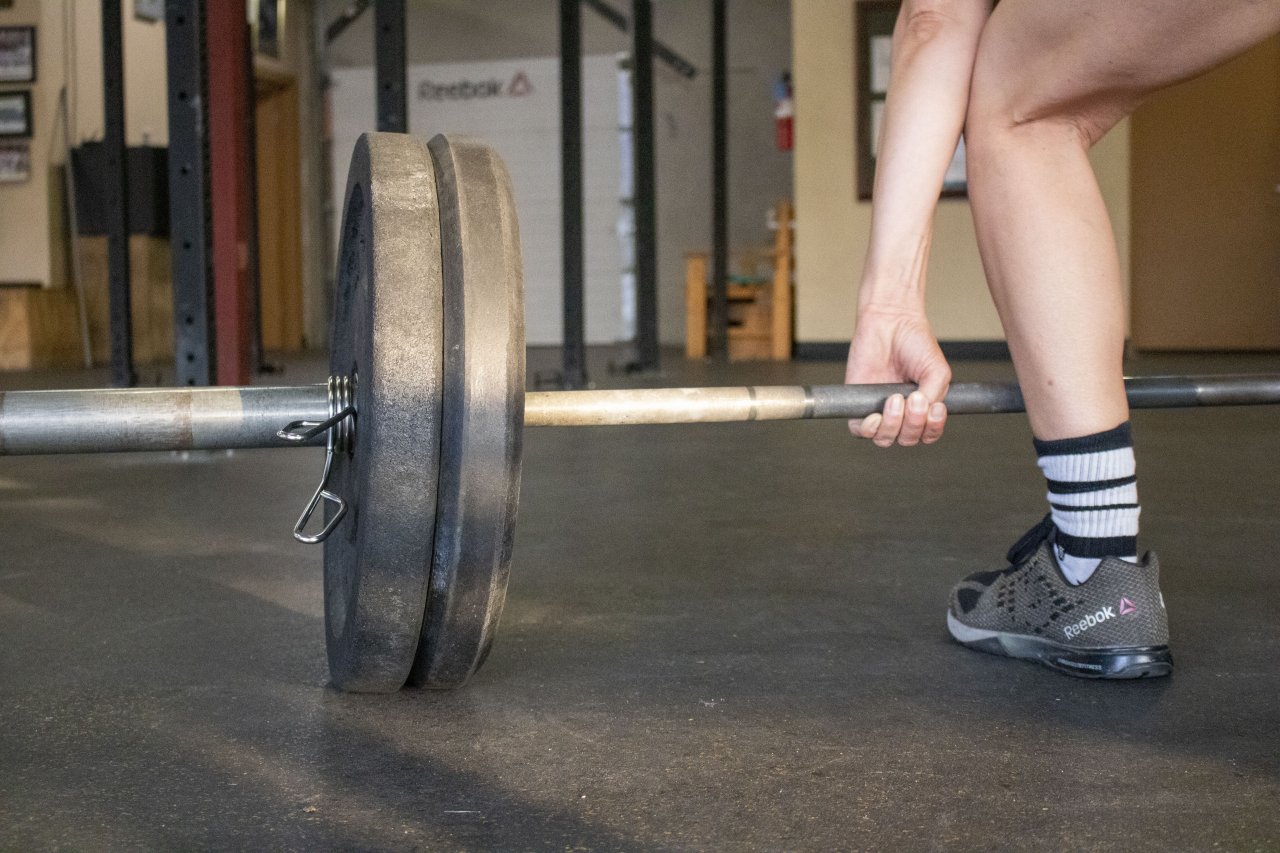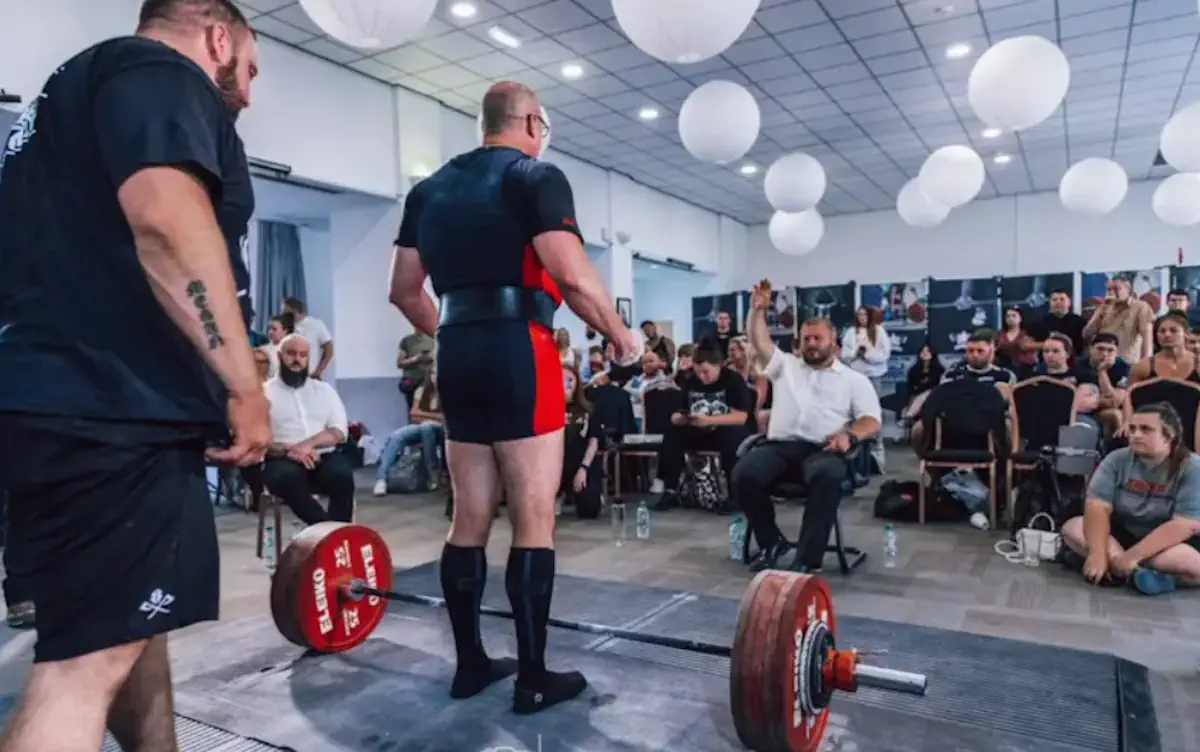
Mastering Deadlift Grip – Choosing the Best Bar Hold & Understanding Strap Rules in Competition
The deadlift is one of the most fundamental lifts in powerlifting, testing raw strength, grip endurance, and technique. While many lifters focus on leg drive and back positioning, bar grip plays a crucial role in maximizing pulling power and preventing grip failure.
But what’s the best grip for deadlifts? Should you use straps in training, and are they allowed in competition? This guide breaks down the most effective grip techniques and the official rules on lifting straps in powerlifting meets.

Understanding Deadlift Grip – Why It Matters
🔥 Grip Strength Determines Success
A weak grip can limit your deadlift potential, causing the bar to slip before your muscles fatigue.
🔥 Different Grips Affect Muscle Activation
Each grip style engages different muscle groups, influencing bar control and wrist positioning.
🔥 Competition Rules Dictate Grip Choices
Some grip styles are allowed in meets, while others—like straps—are restricted in official powerlifting competitions.

Best Deadlift Grip Techniques
1️⃣ Double Overhand Grip – The Standard Choice
✅ Best for Beginners – Teaches proper bar control and grip endurance.
✅ Balanced & Symmetrical – Reduces muscle imbalances compared to mixed grip.
✅ Grip Limitation – Often fails at heavier loads due to lack of wrist support.

2️⃣ Mixed Grip – Stronger Hold, But With Risks
✅ Best for Heavy Lifts – Prevents bar rolling at maximal loads.
✅ Common in Powerlifting Meets – Used by elite lifters for competition deadlifts.
🚫 Risk of Muscle Imbalance – Can lead to uneven lat development and bicep strain.

3️⃣ Hook Grip – The Secret Weapon for Grip Strength
✅ Stronger Than Mixed Grip – Locks the bar in place using thumb compression.
✅ Used by Elite Lifters – Preferred by IPF competitors for raw lifting.
🚫 Painful for Beginners – Requires thumb conditioning to tolerate pressure.

4️⃣ Straps – Great for Training, But Not Allowed in Competition
✅ Best for Grip Endurance – Helps train heavy deadlifts without grip fatigue.
✅ Ideal for Volume Work – Reduces forearm strain during high-rep sets.
🚫 Not Allowed in Powerlifting Meets – Straps cannot be used in official competitions under IPF and USAPL rules.

Are Straps Allowed in Powerlifting Competitions?
🚫 No, straps are banned in raw powerlifting meets
According to IPF technical rules, lifters must grip the bar without assistance, meaning lifting straps are prohibited in competition.
🔥 Exceptions in Strongman & Non-IPF Meets
Some Strongman events and non-IPF federations allow straps, but most powerlifting federations do not.

How to Improve Grip Strength Without Straps
✅ Train with Fat Grip Implements – Use thicker bars or Fat Gripz to build forearm endurance.
✅ Use Grip-Specific Exercises – Incorporate farmer’s carries, plate pinches, and wrist curls.
✅ Practice Hook Grip – Gradually condition your thumbs to tolerate pressure.
✅ Limit Strap Usage in Training – Use straps only for volume work, not max-effort pulls.

Choosing the right deadlift grip can make or break your lift. While double overhand grip is great for beginners, mixed grip and hook grip offer stronger holds for heavy pulls. Straps are excellent for training, but remember—they’re not allowed in powerlifting competitions.






